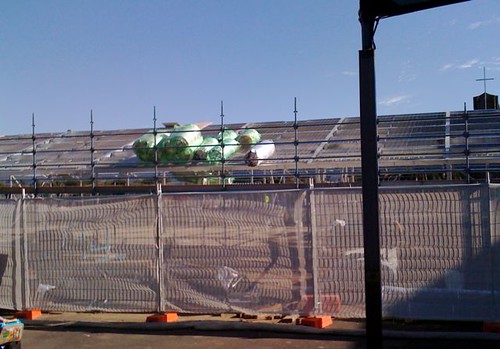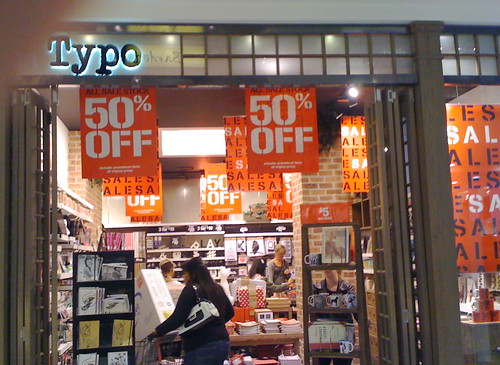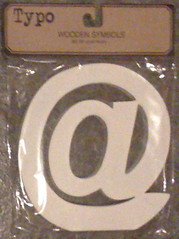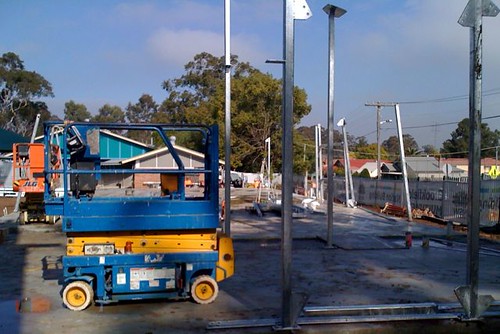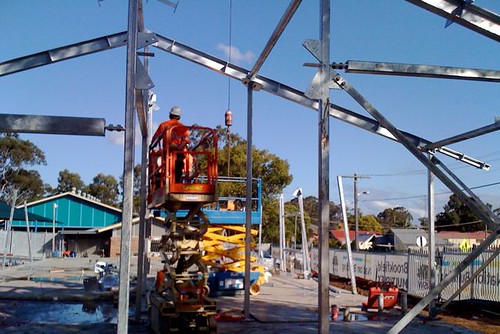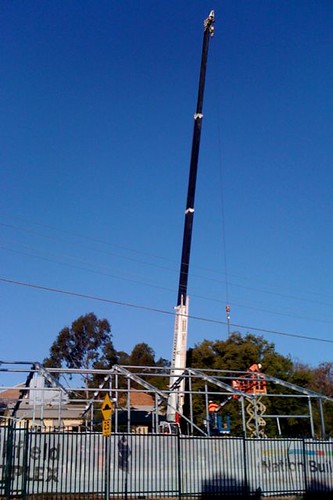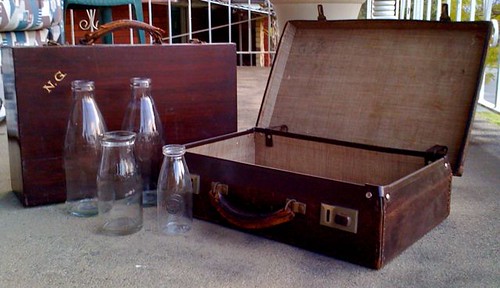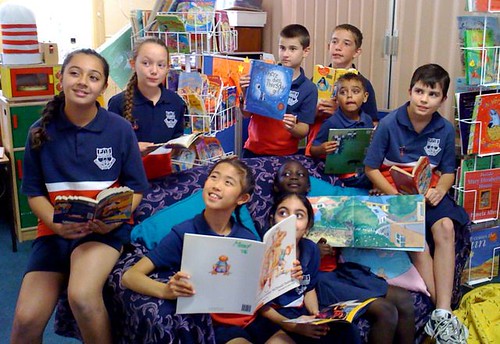While I was away last week, there was a flurry of frantic and defensive posts on a teacher-librarian listserv in regards to an academic postulating the fading away of the Dewey Decimal Classification system. (As per the hyperlinked article.)
I understand that some Australian public libraries (City of Joondalup, WA, as one example) now organise their non fiction items in “genres” – presenting the collection more like a bookshop does – and that when they get new (pre-catalogued?) items in, they cover the Dewey spine label with a genre sticker and shelve the books in alphabetical order in genre areas.
Hmmm, I’m already having trouble conceiving of many “genres” for non fiction that don’t reconcile with Dewey. I mean, “Animal books” will still end up in the one place whether they have a Dewey number in the 500s or a coloured sticker on the spine that indicates “Animals”. (There have always been people who wished the “Domesticated Animal” books were nearer the other animal books, instead of near the “Agriculture and Farming” resources.) Whether the 500 section ends up in a far corner with a huge heading called “A for Animals”, or wedged between the 400s and the 600s on regular shelves, it’s not all that different to a school library creating a separate Fiction section (instead of all “Literature” over in the 800s), or a funky spinner stand for popular graphic novels. Accurate OPACs give users the location, and it hardly matters a damn, to most people, what the actual Dewey number is.
Covering the Dewey number with a sticker does sound a bit extreme, though, creating lots of work undoing the experiment if it fails. Why not show both, but shelve according to one?
Surely what the original proposer meant, when he predicted/promoted an end to Dewey was that libraries should always be open to incorporating new ways of responding to its users. Dewey may, one day, be surpassed by a different method of classifying human (and alien?) knowledge. If young people are thinking differently now, due to the multimedia ways in which they (and we) receive and create information every hour of the day (hello Facebook, MySpace, Yammer and Twitter!), then innovative strategies such as “covers out” shelving (like a modern book shop) instead of “spines out”, grouping books into genres instead of alphabetical or Dewey order, lounging areas and comfy beanbags for browsing, laptop terminals, intermixing fiction and non fiction (eg. putting novels about horses into the non fiction “Horses” section), automated self-borrowing systems, adding terminals for eBook downloads, specialty spinner racks, etc., are just some of the possibilities.
You’ll never force everyone into understanding or tolerating Dewey in libraries. Teachers make an interesting group to observe. Probably every teacher in NSW would have been exposed to Dewey in “library lessons” as a student (in the 1950s, 60s, 70s and 80s), and yet I find that the only teachers who “understand” or appreciate the Dewey Decimal System are those who used to be library monitors during their own school days. For most information needs in a school or public library, an OPAC that gives users the exact, unique local location, whether that be a Dewey number of a shelf, a spinner rack near the front desk or a cardboard box in Archives, is all that is needed.
Librarians should always be open to testing out new ideas and seeing which innovations work for their users. I thought the stodgy “shushing” stereotype librarian was supposed to be long gone, but now we have people saying, “Don’t take away my Dewey!” and “Don’t dumb down my library!” – which is destined to become old-fashioned the moment innovative ideas are trampled upon before they are even tried.
Ha! Can you tell I haven’t shelved a book since early Term 1? Roll on my BER library!




